Chronicle Conundrum: Newspapers in the Age of Decline
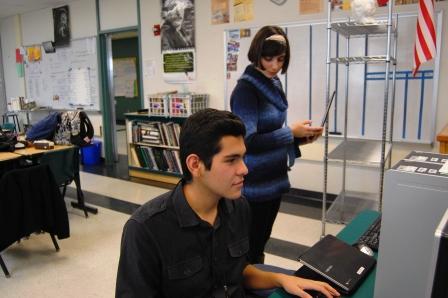
Seniors David Olvera-Sanchez (seated) and Ani Mosinyan (standing) make plans for a future issue of the Chronicle.
“Hello sir, we’re from Clark Publications and we were hoping you could support us by buying ads for our newspaper.”
I repeated this phrase again and again, going to businesses door to door, one by one, yet seemingly to no avail. On this fateful Friday afternoon in mid October, the Publications class met outside of school in an attempt to raise money to fund the school newspaper and yearbook. “Remember to ask nicely and smile,” publications supervisor Chris Davis advised.
Going to many businesses door to door, we were given the same set of responses: “Sorry, we’re not interested” or “no thank you.” A clerk at a certain clothing store, however, caught me off guard with their response: “Why would I buy an ad for a newspaper; do students even read their school newspapers?” As much as I hated to admit it, the clerk had a point.
Many high school newspapers have seen a large decline in readers and have higher costs for publishing. According to a recent article in the New York Times, despite two thirds of public schools in the nation having journalism classes, only a small portion of these schools are public schools in urban communities.
This mirrors a very similar slump with actual newspapers worldwide. Newspaper companies going out of business became significant in the early 2000’s, but recent years have become especially harsh for newspaper producers. Free newspapers like the Denver Daily News and the Vail Mountaineer saw large scale shut-downs across the nation, but even monetizing papers like the weekly LA City Beat and the 121-year-old Lemoore Advance have also closed down, while others like the Bloomfield Free Press and The Bridge have opted to an online-only news feed. In many of these shutdowns, layoffs have become commonplace, with as many as 272 employees being laid off from a single newspaper staff.
I absolutely adore the newspaper, but it breaks my heart to see people just throw our newspapers away without a second glance.
— Varty Yahjian
This trend is nothing new, though. Since the start of the past decade, the advent of instant information across the Internet has systematically defeated the main purpose of newspapers: to inform. High school students in particular want information near-instantaneously; they don’t see purpose going through newspapers to read week old information that their social media supplied for them immediately. “The newspapers just looks boring,” said sophomore Ara Torabian. “I just do the sudoku and throw the rest away; I’m honestly surprised the newspaper is still around.”
Sadly, our own Clark Chronicle is not exempt from this “journalism slump.” The culmination of reader disinterest and lack of ad funding have caused problems for the formerly monthly newspaper. During its 2009 circulation, both the May and June issues of the Chronicle were cut due to financial problems and deadlines. Even before these cuts, the Chronicle began to see a significant loss in advertising support around 2008, with advertisements coming to an all time low for the newspaper. Because of this, funds for the newspaper began to slowly dry up.
The rest of the Publications staff has become aware of the murky future of the newspaper.
“I really enjoy working for the newspaper, and I’m sure everyone else in this class would agree with me,” said senior Ani Mosinyan, who is the co-editor of the “Culture” section. “As much as we’d like the newspaper to run on positive attitudes, though, it just doesn’t.”
She, along with the other students in the class, has had difficulty in spreading awareness of the newspaper to the students. Varty Yahjian, a junior staff writer for the newspaper, also expressed concerns about her peers’ lack of attention to the newspaper. “I absolutely adore the newspaper, but it breaks my heart to see people just throw our newspapers away without a second glance,” Yahjian commented.
The Clark Chronicle has a long rooted history that is nearly as old as Clark itself. Clark Publications began in September of 1998 and was spearheaded by volunteer students during their spare time in enrichment or after school. The yearbook was supervised by Mrs. Newcomer and former Clark teacher John Laue, while Mr. Davis, the current publications supervisor, oversaw the creation of the newspapers.
It wasn’t until 2000 that both the newspaper and yearbook staff were placed together and given an elective class. The conjoined journalism class of both newspaper and yearbook is unique to Clark; there are few schools whose publications classes operate in the same way. The Publications class has functioned that way ever since, with InDesign being used for the newspaper and yearbook in 2007. The cultural weight of the class has helped it persevere through the decline, as students in prior years have found creative and unique ideas for getting students to read the newspapers.
This trend has not come too kindly on other local school newspapers, either. Brian Crosby, an English teacher and advisor for the Tornado Times, the student created newspaper at Hoover High School, has voiced his concerns regarding the future of his class. “After 23 years of teaching this class, I can definitely see a decline in readers, although why exactly that is, I cannot say,” he said.
More distressing to Mr. Crosby, however, is the decline in student participation for the newspaper. “I’ve gone from 70 students in a class to barely 20, and even of those 20 students that I have, only a handful of them really put any effort in creating the newspaper,” Crosby said. Due to the lack of both students reading the newspaper and working on it, issues of the Tornado Times have been omitted due to time restraints and students not working towards deadlines.
Student-created news stories have not seen a complete end, however. In order to catch up with the likes of Twitter and Facebook, many publications classes have employed a website for putting up news stories.The Clark Chronicle has had an accompanying website since 1999, but it had been used only for uploading stories that were in the printed newspaper. Senior Ramon Tumbucon singlehandedly organized the entire online news endeavor in 2013 by reinventing the Chronicle website for sharing stories, podcasts and other content on a new hosting server, School Newspapers Online. Hoover’s journalism class has also employed its own news website in addition to having Facebook and Twitter pages for students to follow.
Still, merely having a news website does help the physical printed copies of our newspaper. Section editors such as myself spend hours working on page designs for the newspaper spreads, constantly trying to make the layouts more visually appealing and easy to follow. We go through a very long process of creating layouts, choosing and finalizing stories, and triple checking everything for mistakes. The long process is no easy task, but it makes us that much more determined to get students to pick up newspapers.
“Ultimately, we had to think of ways to entice students into picking up a copy without shoving it down their throats,” said junior Luis Sy, the news section editor. Because Sy’s page is the first thing students see when picking up a newspaper, he feels that it’s very crucial for him to make the spread as interesting and organized as possible. “I can organize the content so that it doesn’t clutter, but it’s thanks to Mr. Davis that we have good content for the cover page.”
Prior to the beginning of the school year, Mr. Davis met with section editors to discuss the future of the newspaper. During these meetings, he confessed to us that he felt the newspaper needed to change radically if we were to grab the attentions of readers. Group brainstorming then ensued, where we attempted to think of the best possible ways to make the paper more appealing.
After weeks of spitballing ideas, we finally idealized how we wanted the newspaper to be. New content would include student submitted-art and writing, contests for gift cards and sudoku puzzles to complete on the back of the paper. Mr. Davis also suggested to Sy that he use more stories that look ahead to future events.
“It was brilliant,” Sy praised. “No student wants to read about an event that’s already passed and, because we publish almost bimonthly, it’s even harder to keep stories relevant, but by using stories that focus more on the future, the content on the front page will look much more interesting to a student.”
After completing our first issue, we saw much more promise for the future of the Clark Chronicle. It was evident that more students were picking up newspapers to read, and some students even gave us praise for our work. This did not outright remove the obstacle of students not reading newspapers, as we still needed to reach to a larger number of students, but it was a sign of good things to come.
It was clear that we would not let the “journalism slump” take us down so easily and, even though I doubted that the clerk would change their mind and buy an advertisement now, I felt accomplished in having made a significant effect on the future of both our class and the newspaper.




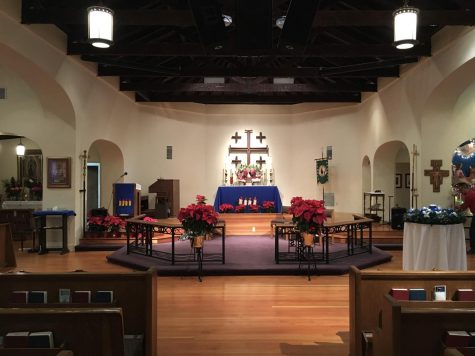
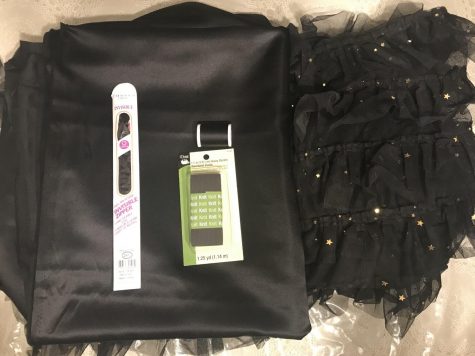
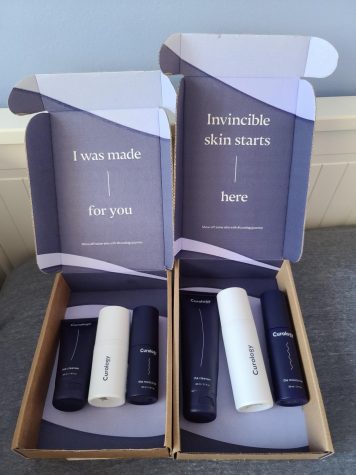

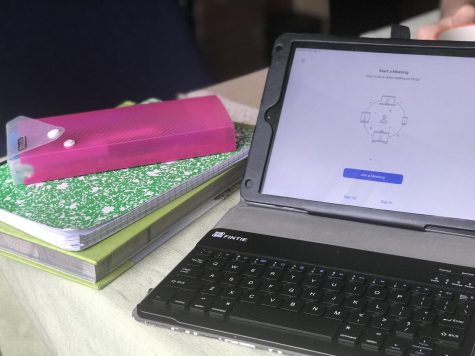


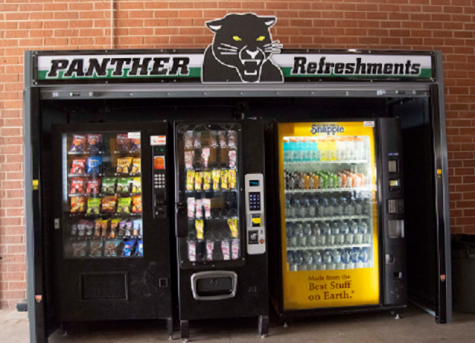
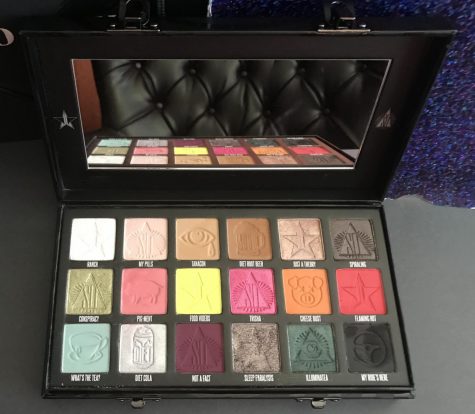
anne reinhard • Jan 6, 2014 at 6:54 am
Great article – well done! You incorporated both personal experience and research very smoothly. I certainly appreciate the positive outlook at the end; too much in print journalism industry is negative, and we need some hope.